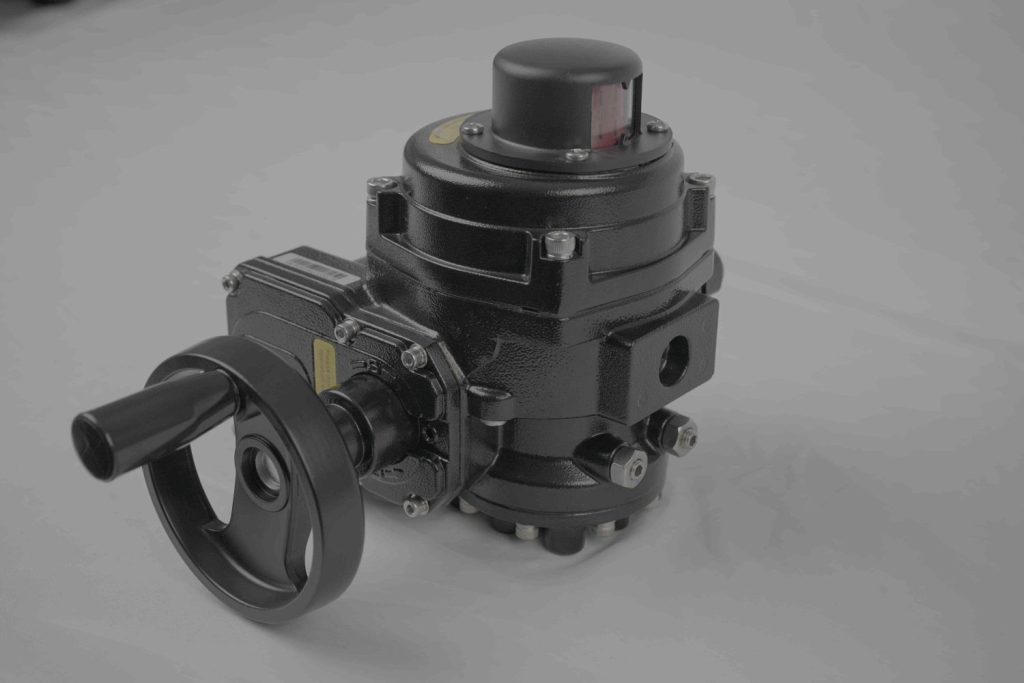Lithium-ion batteries are the cornerstone of modern portable electronics, electric vehicles, and renewable energy storage systems. As the demand for high-performance batteries continues to rise, manufacturers are increasingly focusing on enhancing their safety features. One critical component that plays a pivotal role in the safety and efficiency of lithium-ion batteries is the valve. In this article, we explore the role of lithium battery valve manufacturers, how they contribute to battery safety, and why their innovations are crucial for the future of energy storage.

Understanding the Role of Lithium Battery Valves A valve in a lithium-ion battery is a safety device that regulates pressure within the battery cells. As the battery discharges and charges, chemical reactions occur, and gases may accumulate inside the cell. If the pressure becomes too high, it can lead to catastrophic failures, such as thermal runaway, leakage, or even explosions. To prevent such risks, the valve is designed to vent gases safely or release excess pressure when needed. Lithium battery valves typically work in conjunction with other safety mechanisms like pressure relief vents and thermal cutoffs to ensure that the battery remains within a safe operational range. These valves are often found in rechargeable lithium-ion batteries used in various applications, from mobile phones and laptops to electric cars and grid storage systems.